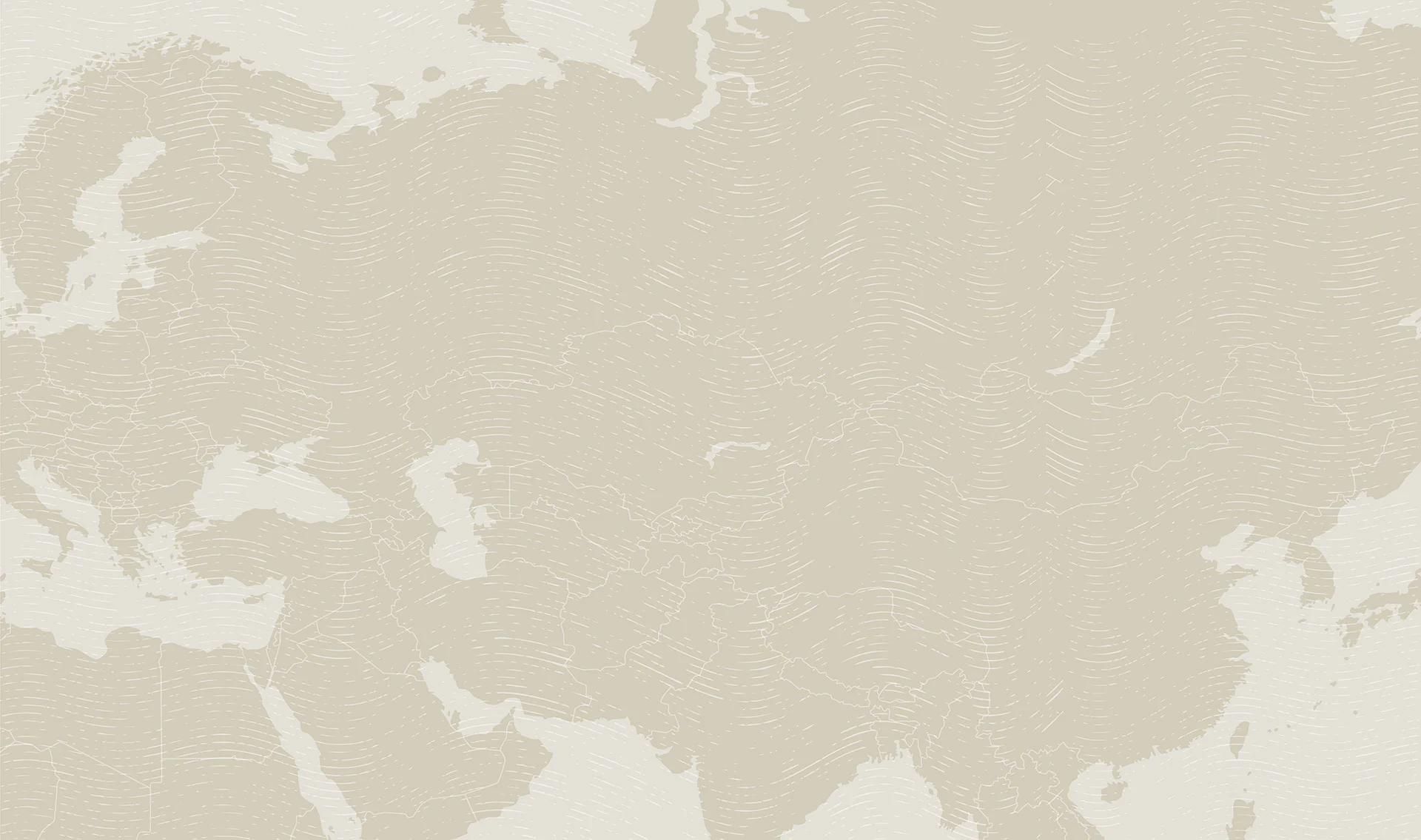Photo credit: Abdu Samadov
Good Manners in Central Asia: At the Table

MIR’s Jake Smith has lived and worked in several Central Asian countries, observing – and learning by experience – the art of what can be complex and confounding good manners in this part of the world. Here Jake offers his “best behavior at the table” tips in two of his favorite countries: Uzbekistan and Tajikistan.

Know Your Place
Around a dinner table the seat of honor is always the head of the table opposite to and furthest from the entrance. This seat is typically reserved for the oldest person present, or for special guests. Others sit in descending order of importance or age. Women may sit in a separate room, though that is becoming less common. You should not start eating until the person in the seat of honor has started, generally after saying grace.
Whenever visiting friends or going out to a restaurant in Tajikistan or Uzbekistan, there would inevitably be a short period of awkwardness before the meal where hosts and invitees alike would debate over who should sit where, with everyone being as polite as possible by trying to bestow the honor of head-of-the-table on another. I quickly learned to ignore the commands instructing me, as a foreign guest, to take the honored spot. As a younger person, my place was further down the ranks.

Bread Is Sacred
If you are served traditional naan flatbread in Uzbekistan or Tajikistan, make sure that you keep your piece right side up. Turning the bread upside down is viewed as disrespect towards a staple of the local cuisine. If a local finds a piece of bread on the street he or she will often pick it up, kiss it and touch it to his or her forehead three times, and then place it up high on a ledge.
Before this rule was thoroughly explained to me, and even after, when I was being forgetful, my host-mother in Tashkent had a penchant for lightly smacking the back of my hand whenever I left my bread the wrong side up.

Tea Is a Ritual
If a fresh pot of tea is set down next to you, you can’t just pour yourself a cup and then pass it down. You are first expected to help the tea cool and steep by pouring some into your cup and then back into the teapot three times successively. You then serve the others, from oldest to youngest, putting your left hand over your heart while extending the cups. Only then can you pour your own drink.
The amount of tea you serve someone also has meaning. A full, brimming cup is a sign that the recipient may have overstayed his or her welcome, whereas a very small pour is an indication of respect.
(click image to view larger photo)
Prepare a Toast
Vodka drinking may not be a traditional part of Tajik or Uzbek culture, but it is an enduring legacy of Russian influence and the former Soviet Union. If you find yourself knocking back a few shots with a local, you should be prepared to give a toast or two – the more elaborate the better.


Travel to Central Asia with MIR
MIR has over 30 years of travel experience in Central Asia and has an affiliate office in Uzbekistan. We have a roster of contacts that can take you to places that you didn’t even know you wanted to go. Our full service, dedication, commitment to quality, and destination expertise have twice earned us a place on National Geographic Adventure’s list of “Best Adventure Travel Companies on Earth.”
You can travel the Silk Road in a number of ways, practicing your good manners along the way.
Chat with one of our destination specialists today!






















